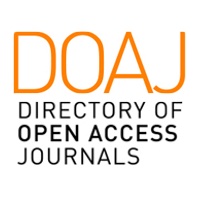EFFECTS OF Bacillus amyloliquefaciens D19 CULTURE CONDITIONS ON IN-VITRO ANTIFUNGAL ACTIVITY AGAINST Neoscytalidium dimidiatum
DOI:
https://doi.org/10.35382/tvujs.14.3.2024.7Keywords:
antifungal, Bacillus amyloliquefaciens, culture condition, dragon fruit, Neoscytalidium dimidiatumAbstract
The fungus Neoscytalidium dimidiatum is a pathogen that causes diseases in a variety of plants, with a particular preference for dragon fruit. In the search for safe and effective control of N. dimidiatum diseases in dragon fruit, the focus has been directed towards research of biological controls. This study investigates the Bacillus amyloliquefaciens D19 culture conditions for favorable antifungal
activity against N dimidiatum. The highest antifungal activity was achieved in culture maintained at 45oC with agitation at 150 rpm
for 21 hours in the defined medium comprised of 0.5 g/L MgSO4.7H2O, 3.0 g/L NaH2PO4.2H2O, 3.0 g/L Na2HPO4.12H2O, 10 g/L sucrose, and 10 g/L peptone with initial pH 6.0. Additionally, the antifungal activity of the bacterial culture was found to be stable at temperatures less than 60oC and pH conditions ranging from 7.0 to 9.0. Overall, the findings of this study lay a foundation for future research into the application of biological antagonists in the control of N. dimidiatum diseases in plants.











